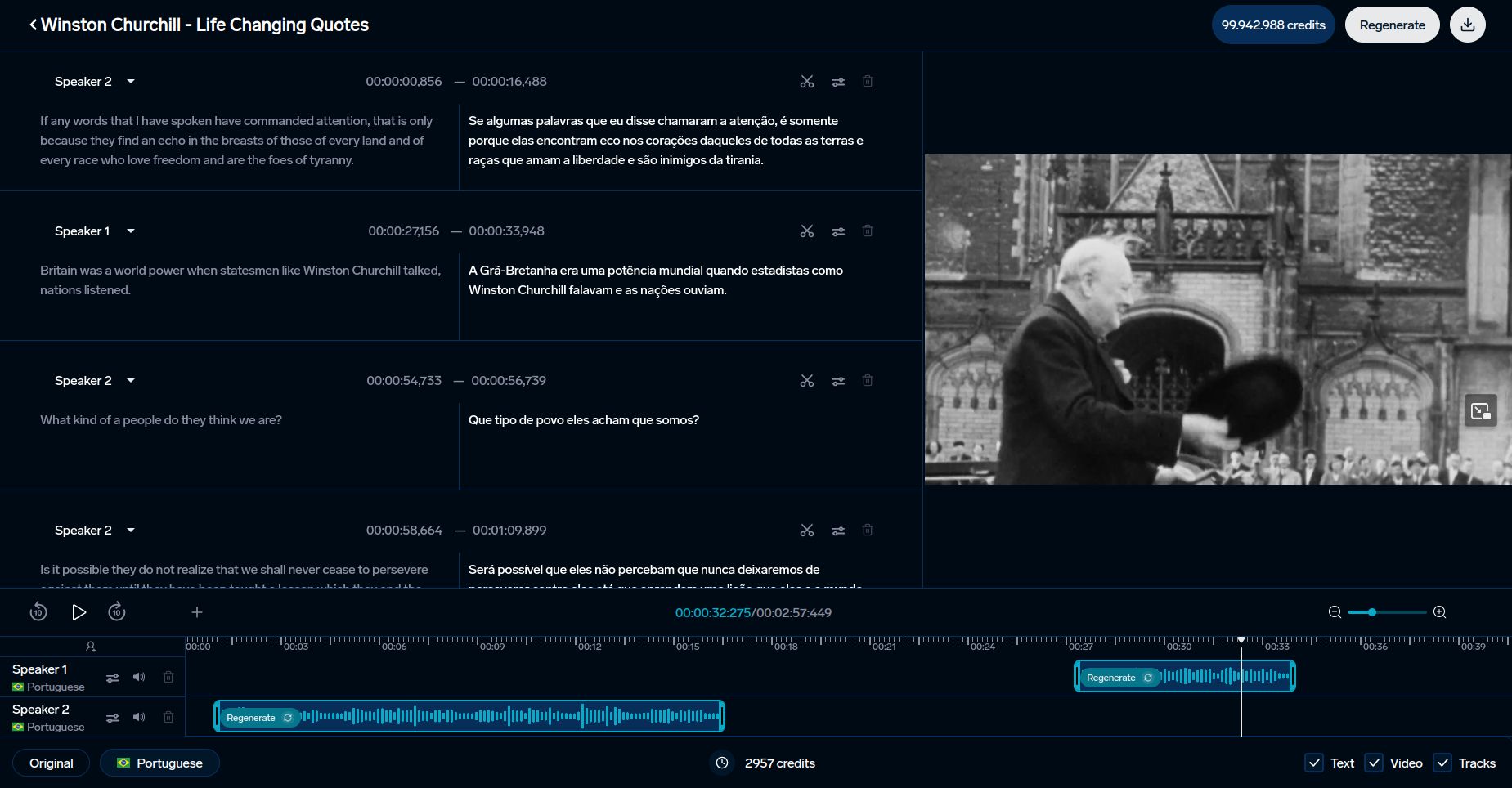How AI Handles Cultural Nuances in Dubbing
AI dubbing is transforming how content is localized. By combining Natural Language Processing (NLP), machine learning, and voice cloning, it goes beyond word-for-word translations to adapt dialogue for different languages and cultural contexts. Here's how it works:
- NLP for Context: Understands idioms, social norms, and cultural references to deliver accurate translations (e.g., "What's up?" becomes "お元気ですか?" in Japanese).
- Voice Cloning: Maintains the original speaker's voice while adjusting tone, rhythm, and emotion to match the target language.
- Cultural Databases: Stores idioms, politeness levels, and sensitive topics to ensure translations align with local norms.
Challenges:
- Struggles with idiomatic expressions (40% accuracy).
- Misinterprets emotional tones across cultures.
- Requires human oversight to handle sensitive content.
Key Takeaways:
AI dubbing cuts production time by 70% but still relies on human review for cultural accuracy. Tools like DubSmart blend AI efficiency with human input to create localized, audience-friendly content.
How AI Manages Cultural Nuances in Dubbing
Using NLP for Context Understanding
Natural Language Processing (NLP) plays a central role in helping AI grasp cultural subtleties during dubbing. By analyzing entire sentences rather than isolated words, advanced NLP models can interpret nuanced meanings and cultural references. This allows AI to go beyond literal translations and deliver interpretations that align with the target culture.
Take, for instance, translating the casual English greeting "What's up?" into Japanese. Instead of a direct translation, the AI understands that the culturally appropriate equivalent would be "お元気ですか?" (Ogenki desu ka?). This demonstrates how NLP integrates cultural and social norms into translations, ensuring that the meaning resonates with the target audience. This contextual understanding also enhances voice cloning systems by making them more culturally aware.
Voice Cloning and Emotional Tone
Several technical elements ensure that voice cloning aligns with cultural expectations:
| Technology Component | Role in Cultural Adaptation |
|---|---|
| Prosody Analysis | Adjusts rhythm and intonation to fit the norms of the target language |
| Emotion Recognition | Captures and replicates culturally appropriate emotional expressions |
| Speaker Adaptation | Refines voice characteristics to suit regional preferences |
| Style Transfer | Preserves character traits across different languages |
By analyzing speech patterns, these tools ensure that the dubbed content feels natural and culturally aligned.
Cultural Databases in AI Systems
In addition to NLP, AI systems use structured cultural databases to enhance localization accuracy. These databases include:
- Idiomatic expressions and their cultural equivalents
- Proper forms of address and politeness levels
- Guidelines on avoiding cultural taboos or sensitive topics
For example, when dubbing content from English into Arabic, these databases help AI identify and handle culturally sensitive references appropriately. The system might suggest alternative phrases that convey the original meaning while respecting cultural sensitivities.
Linguists and cultural specialists frequently update these databases to keep them accurate and relevant. According to industry reports, this approach has reduced cultural adaptation errors by up to 80% compared to older dubbing methods.
Challenges and Limitations in AI Dubbing
Translating Context-Dependent Expressions
AI dubbing systems often struggle with idiomatic expressions, achieving only about 40% accuracy when translating these across languages. The difficulty grows when the AI encounters phrases tied to specific cultural contexts that lack direct translations.
Tone and Emotion Across Cultures
Capturing emotional tone accurately is another hurdle, especially when dealing with cultural differences. While NLP tools can handle linguistic subtleties, they often misinterpret emotional cues. For instance, a major streaming platform had to step in when its AI misread emotional nuances in a Korean drama, leading to errors that required human intervention.
Navigating Sensitive Content
Handling culturally sensitive material is one of the toughest aspects of AI dubbing.
"The biggest challenge isn't translating words, but culture - AI must navigate cultural landmines." - Mark Johnson, Chief Technology Officer at GlobalDub Inc., TechCrunch Interview, January 2025
To tackle this, AI systems use a mix of strategies:
| Strategy | Purpose |
|---|---|
| Content Flagging | Spots material that could be sensitive |
| Cultural Databases | Suggests alternative translations |
| Contextual Analysis | Looks at the broader meaning of phrases |
| Human Review Integration | Ensures translations are culturally appropriate |
Companies like DubSmart are addressing these challenges by blending AI's speed and efficiency with human oversight, ensuring dubbed content respects cultural nuances and sensitivities.
sbb-itb-f4517a0
Best Practices for Cultural Nuances in AI Dubbing
Human Oversight for Quality Assurance
Human involvement plays a key role in maintaining cultural accuracy in AI dubbing. Reviewers help refine AI outputs by identifying errors tied to specific contexts. To ensure this process works effectively, companies should set up several review stages during the dubbing workflow. These stages might include reviewing the initial script, assessing voice acting, and evaluating the final output. A continuous feedback loop allows reviewers to help fine-tune the AI model over time.
Pairing this human oversight with AI models designed for specific regions can further enhance the quality of the dubbing.
Customizing AI Models for Regional Audiences
To make content resonate with different cultural groups, AI models need to be carefully adjusted for the intended audience. Key steps include:
- Incorporating pre-trained voice models tailored to specific regions
- Adjusting accents to align with local speech patterns
- Matching emotional expressions to cultural expectations
- Adding sensitivity checks to avoid cultural missteps
Leveraging DubSmart for Streamlined Results

DubSmart, a platform built on advanced cultural databases and NLP methods, simplifies these practices. Its voice cloning technology ensures emotional tones stay intact while adapting content for various cultures. With support for 33 languages, DubSmart helps creators connect with a wide range of audiences while respecting cultural nuances.
One standout feature is its quality assurance tools, which encourage collaboration between AI systems and human reviewers. To get the most out of DubSmart, content creators should:
- Use voice cloning to maintain emotional depth
- Set up human review checkpoints for added accuracy
- Choose language models specific to the target region
Conclusion: The Future of AI in Dubbing
Key Points
AI dubbing is reshaping how content is localized, especially in the streaming world. Platforms are now cutting production times by more than 70% while delivering content in multiple languages with precision.
"AI dubbing success requires systems that understand cultural context as deeply as human translators do."
Future Developments
The next wave of AI dubbing technology will focus on improving how cultural nuances and context are handled. Key areas of progress include:
- Smarter context-aware translation models to tackle tricky cultural references and idiomatic phrases.
- Real-time cultural sensitivity alerts, building on tools like DubSmart's quality assurance systems.
- Emotion replication tailored to specific cultures, ensuring dialogue resonates with diverse audiences.
These improvements aim to strike a better balance between cultural accuracy and streamlined workflows, leveraging tools like DubSmart's cultural databases and collaborative human-AI models.
